General description
An LED book light is a battery powered task light that provide hands-free illumination of a book, notepad, e-reader, or small task area. Typically designed to be extremely small so as to be attached to a book or carried with a minimum of effort and discomfort, the handy reading light delivers the ultimate in portability.
Book lights come in various forms, ranging from clip-on lights, neck reading lights and self-standing lights to whatever innovative designs that bring convenience and ease of use to localized lighting for reading, writing, video conferencing, and hand tasks. The essential of book lights lies in their ability to make task lighting accessible virtually anywhere. Clip-on lights and neckband hug lights are strategically designed to deliver task-oriented illumination. They supply pinpoint illuminance wherever the task takes place, allowing you to read in bed or on the couch in a comfortable position. The body no longer needs to compensate for inadequate lighting normally being provided by a reading lamp on the bedside table or a floor lamp placed behind the couch.
Book lights can also be your every day carry (EDC) gadgets that afford you the privilege to read on airplane, train, yacht, or backseat of car when travelling. Clip-on lights are often designed to double as self-standing lights. These cordless desk lamps can be easily positioned anywhere on a desk or placed on any horizontal task surface without the constraint and tangled mess of trailing cables.
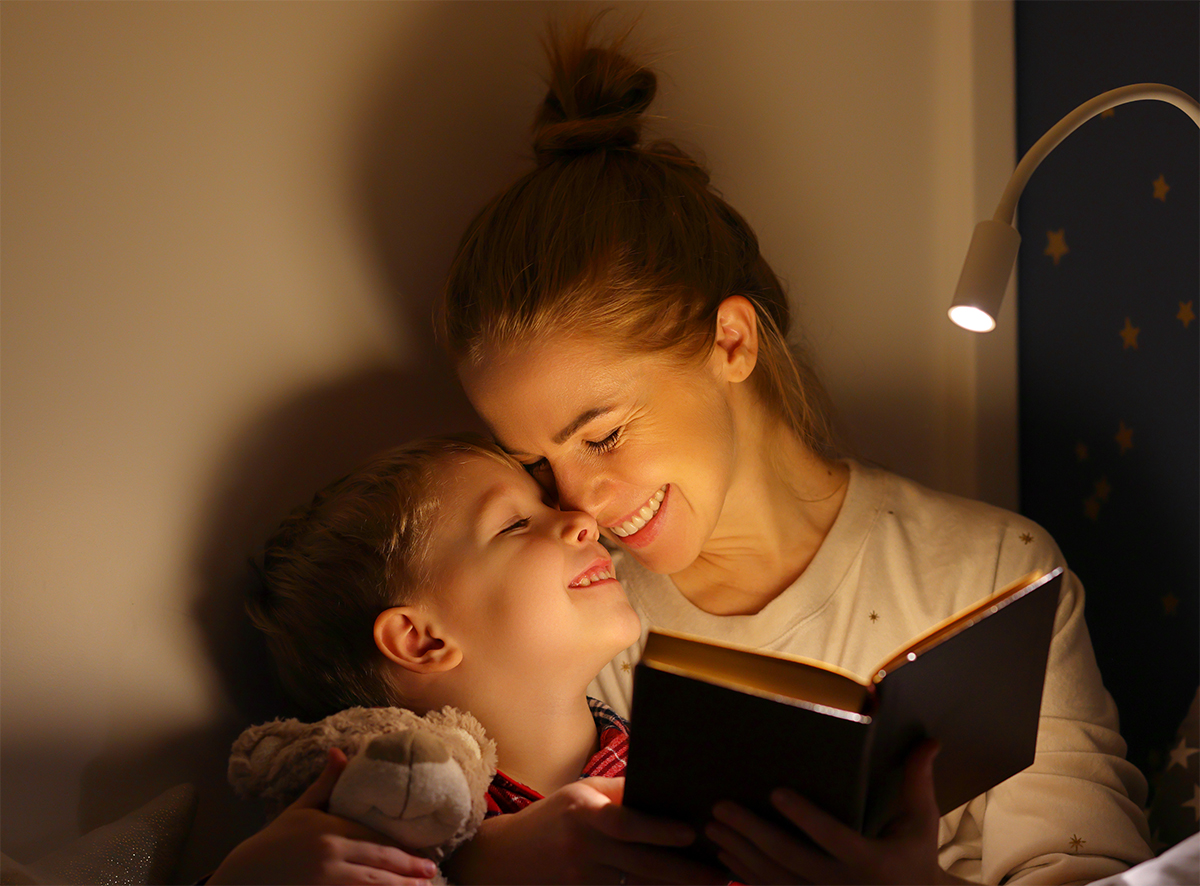
Design and construction
The light head of an LED book light is usually attached to a flexible, adjustable shaft known as a “gooseneck” or designed as a foldable assembly. A folding book light typically comes with a flat light head. Gooseneck reading lights are more diverse in optical system design and may use a multi-light configuration to enhance light distribution. Optical design for LED book lights is challenged to provide sufficient coverage of the task area and uniform light distribution. Typically, control of light distribution is achieved with diffusers which directly spread luminous flux from LEDs. Although uncommon, the edge-lit optical architecture may be employed to achieve soft, comfortable, highly homogenous illumination in an ultra-thin profile. Whenever a clean beam is required to remove stray light, reflectors, lenses or a combination of them are used. It’s common to see LED book lights with very small optical systems.
The high luminance or concentrated brightness of these products should not be exposed to young children and infants whose lenses cannot effectively fill out the high energy short wavelength light. Prolong retinal exposure to bright light, in particular blue-enriched light, may result in a photochemical damage known as the blue light hazard. The concentrated lumens must be distributed on a larger surface in order to create an acceptable luminance which will not pose photobiological hazards to young children and infants.
Color rendering
The white light from LED book lights is generally produced using discrete mid-power packages. These LEDs make use of reflective chip housings and leadframe to improve light extraction within the device packages and ultimately achieve an impressive efficacy that allows book lights to run longer and shine brighter. A light source can be characterized as having a particular spectral power distribution (SPD), which determines how faithfully object colors are reproduced and how the light appears. The SPD of the LEDs must be designed to have a color rendering index (CRI) of at least 80. For more accurate color rendition and natural color appearance, the LEDs must distribute the right amount of radiant power fairly broadly across the visible spectrum. However, there is a fundamental tradeoff between luminous efficacy and color rendering quality in phosphor-converted LEDs.
Color temperature
The SPD also characterizes the color of light, or more specifically the warmth or coolness of the white light. Cool white light which has a correlated color temperature (CCT) above 4100K is usually prescribed for activities that require alertness and concentration. Warm white light that exhibits a CCT in the 2700 K to 3200 K range is reminiscent of the sunset or a flame which impart a feeling of comfort, coziness and relaxation. Neutral white light (3500K to 4100K) has a balanced spectrum that does not emphasize either red or blue.
Special attention should be paid to the potent biological effect of blue light that accounts for a larger proportion in cool white light. Nighttime exposure to bright, blue-enriched white light can suppress melatonin production. If this condition continues over long periods, our circadian rhythms can be disrupted and consequently there is the potential for adverse health effects. Because book lights are primarily designed for nighttime reading, the use of cool white LEDs with a CCT greater than 5000K is not recommended. Some products incorporate LEDs of multiple color temperatures, giving users the flexibility to choose between different white chromaticities.
Drive current regulation
LED book lights frequently operate on rechargeable battery power. The marriage between LEDs and lithium-ion batteries in book lights enables unprecedented product dependability. The popularity of lithium-ion batteries originates from their high energy density, deep cycling capability, low self-discharge rate, and long cycle life. The power discharged by the battery is regulated by an LED driver which provides appropriately sized, filtered, and controlled DC power to the LED load. The LED driver may also be configured to provide multilevel switching, which provides the flexibility to adapt light output to user needs. Rechargeable book lights often come integrated micro-USB or USB type-C charging ports.

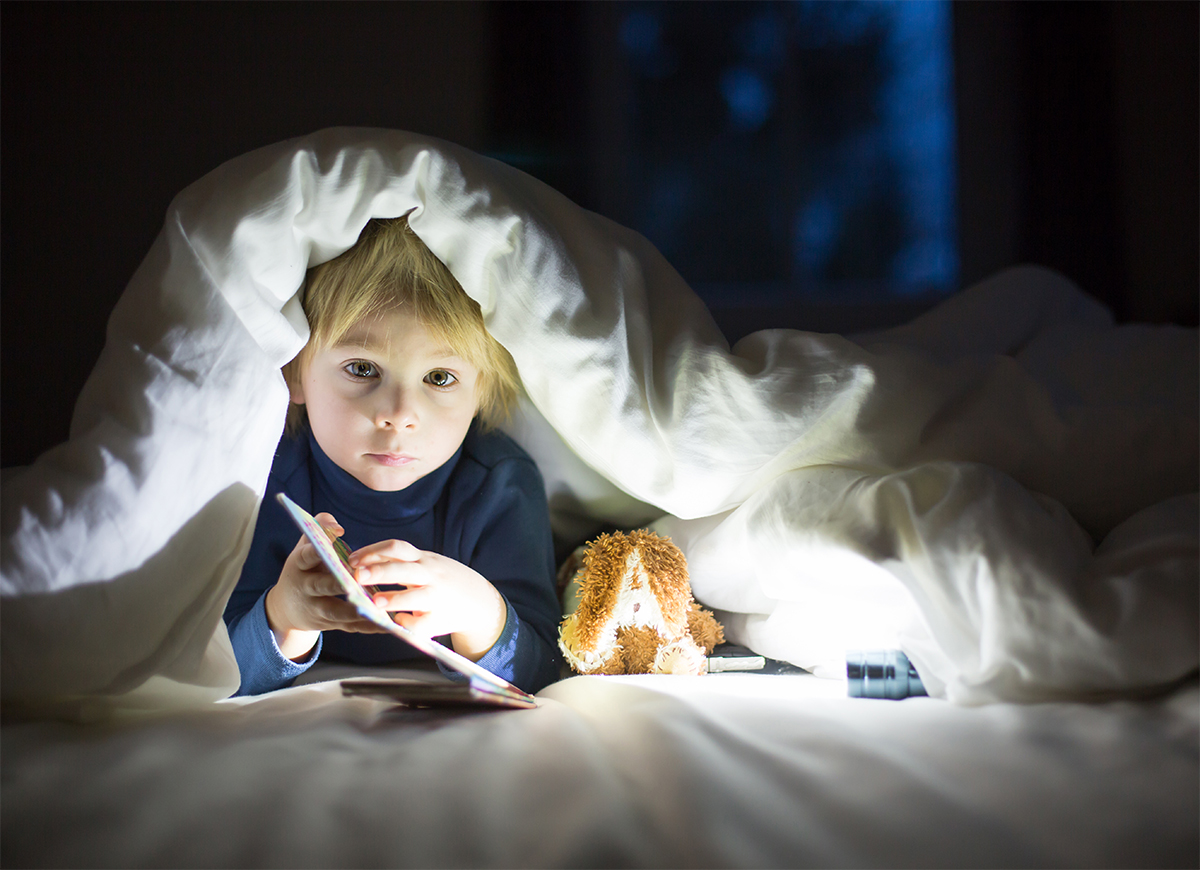

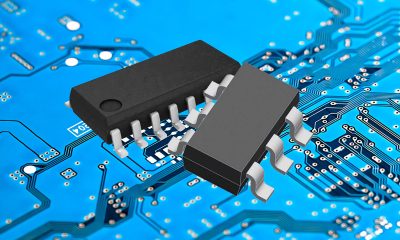
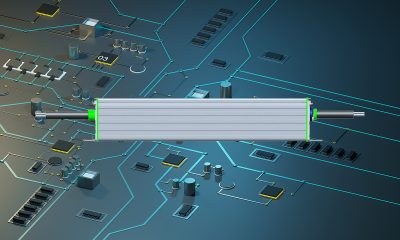
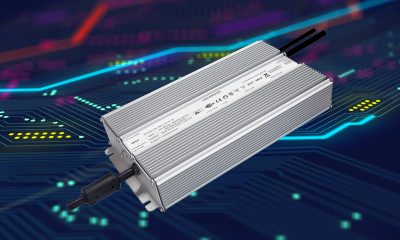
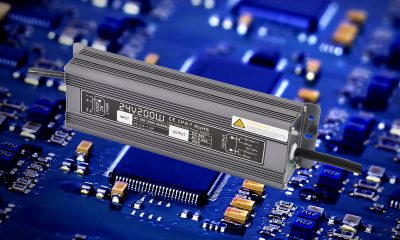

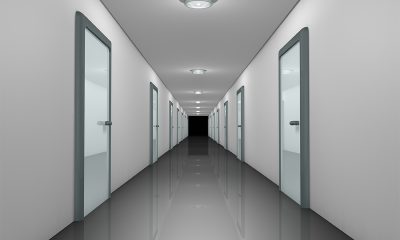
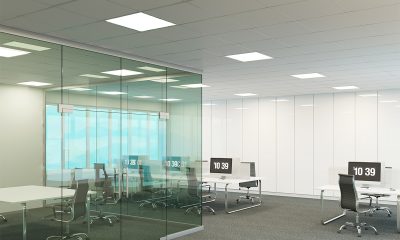
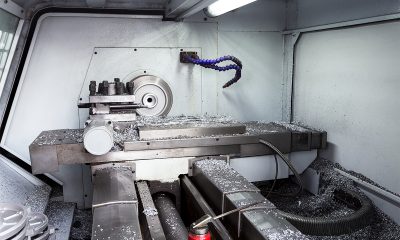
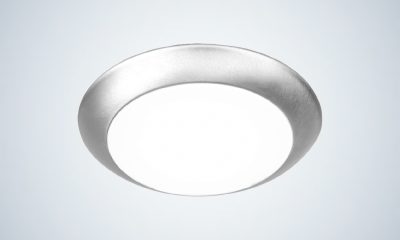
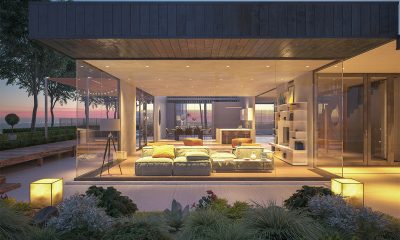
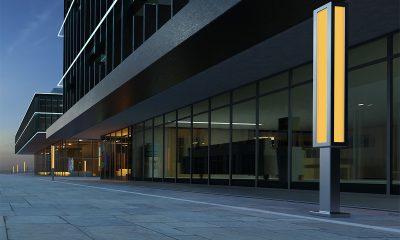





Loading...